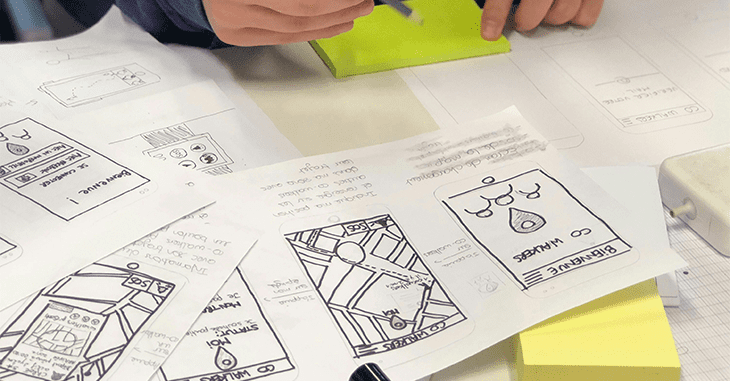Your creative juices are flowing, your game design is taking shape, and excitement simmers within you. The next crucial step lies before you: playtesting. But how do you know your board game is truly ready to face the scrutiny of eager (and sometimes brutally honest) players? Let's delve into the signs that indicate your game is ripe for its first outing, ensuring a productive and valuable playtesting experience.
Rulebook Clarity: Is Your Game Easy to Understand?
Imagine explaining your game's rules to a complete stranger. If your heart races and beads of sweat form on your forehead, it's a telltale sign the rulebook needs work. A clear, concise rulebook devoid of ambiguity is paramount. Here's how to gauge its readiness:
- Clarity Test: Explain the rules to someone unfamiliar with the game. Watch their reactions and ask clarifying questions. Do they seem lost or confused?
- Structure Matters: Organize the rules logically, using numbered steps, diagrams, and examples. Avoid jargon and overly complex sentences.
- Get Feedback: Have a trusted friend or fellow designer read the rulebook. Their feedback will highlight areas needing improvement.
Fun Factor First: Does Your Game Spark Joy?
Beyond mechanics, is your game actually fun to play? Fun is subjective, but some universal elements contribute to a positive experience:
- Engaging Theme: Does the theme tie seamlessly with the gameplay, immersing players in the world you've created?
- Balanced Gameplay: Is there a balance between challenge and reward? Does winning feel attainable, yet losing not frustrating?
- Smooth Flow: Does the game progress naturally, avoiding unnecessary downtime or confusion about what to do next?
Playable Prototype: Can Your Game Be Demoed Effectively?
Before inviting others, ensure your prototype is functional and ready for action. Consider these aspects:
- Component Clarity: Are components visually distinct and easy to understand? Are instructions printed on cards or tokens for easy reference?
- Balanced Materials: Is the prototype sturdy enough to withstand multiple playthroughs? Choose components that reflect your final vision's quality.
- Testable State: Ensure all rules, mechanics, and components are clearly defined and implemented. Don't expect playtesters to fill in the gaps.
Defined Objectives: What Do You Hope to Achieve?
Remember, playtesting isn't just about entertainment. Set clear goals for each testing session:
- Specific Feedback: Do you want feedback on balancing, theme integration, or specific mechanics? Focus on one or two aspects per session.
- Target Audience: Identify your ideal player type and tailor your sessions accordingly. Recruit playtesters who fit that profile.
- Observation is Key: Watch player behavior, listen to their comments, and take detailed notes for analysis. Don't be defensive – embrace feedback!
Confidence Building: Are You Ready to Handle Feedback?
Opening your game to scrutiny can be nerve-wracking. However, remember:
- Feedback is a Gift: It's an opportunity to improve your game, not a personal attack. Be open to suggestions and don't take criticisms personally.
- Be Prepared for Anything: Some feedback might be harsh, but use it constructively. Not all suggestions will be golden, but learn to discern valuable insights.
- Iterate and Improve: View each playtest as a stepping stone. Use the feedback to refine your game, making it more enjoyable and polished with each iteration.
Bonus Tip: Start Small and Iterate Frequently
Don't wait for a perfect prototype before playtesting. Start with a basic version, even if it's just core mechanics on paper. Get early feedback, iterate quickly, and build upon the learnings. Small, focused playtests are invaluable for identifying issues early and preventing wasted effort down the line.
Remember, the journey of game design is one of continuous learning and refinement. Embracing playtesting with an open mind and a growth mindset will turn your board game concept into a reality enjoyed by players everywhere.



